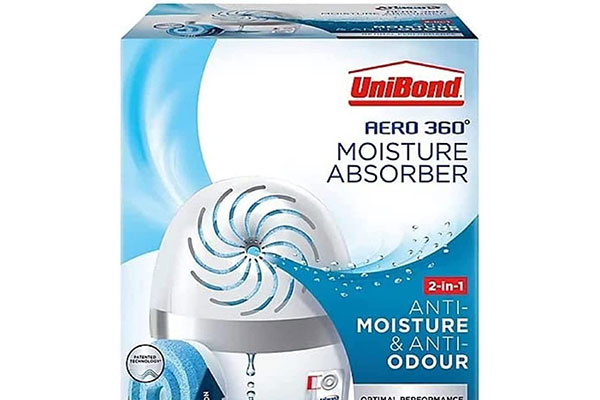Dehumidifiers are essential tools and work in conjunction with your standard HVAC unit to make your home more comfortable in high humidity conditions. The device works by pulling moisture from the air and depositing it in an onboard tank. However, malfunctions within the unit can limit the dehumidifier’s ability to pull moisture from the air. If you notice your dehumidifier not filling up as it should or your room being a little too humid for your liking, check these possible problems.
Check the Float Switch
Every dehumidifier has a float switch. This little device is what lets the system know when to stop pulling water. It rises with the water level inside the unit and if it gets stuck, the dehumidifier will not continue to run. The float switch is located in different areas on each unit, but is generally a part of the water collection tank. Remove the tank and find the float switch mechanism. If it is raised, give it a few taps to allow it to reset. Sometimes, you may have to manually pull the float switch down to get the unit to continue to run.
Possibly Clogged Drain Pipe
Not all dehumidifiers have a water collection tank. Units that are made to be stationary within the home have a drain pipe just like a standard HVAC unit. This pipe can get clogged by debris and cause moisture to back up into the unit. Even dehumidifiers with drain pipes have a float switch and when the water level within the unit gets too high, the float switch engages to shut down the unit. A clogged drain pipe is an easy fix. Simply use a drain snake or long brush to remove debris. If the unit is very dirty, employ a wet/dry vacuum to suck debris out of the pipe.
Dirty Air Filter
Not everyone considers this issue, but a dehumidifier has a filter. Some have several. Consult the user’s manual for filter location. Cleaning the filter can be as easy as brushing it clean with a cloth, but for a more in depth clean, try rinsing the filter under water to remove excess debris. Make sure to completely dry the filter before replacing it in the unit.
Clean the Coils
Cleaning your filter regularly is the best way to keep your unit’s coils clean. Clogged and dirty coils diminish functionality, but if you suspect your coils are dirty, it is possible to clean them. Again, the location of coils and access points will be dependent on the make and model of your dehumidifier. Spray on coil cleaner and dust off can be a great assistant to help you clean the coils. Take special care not to push debris further into the coils while cleaning.
Evaporator Coil Can Freeze
The evaporator coil within your dehumidifier can freeze. However, modern units have a freeze protection mechanism that keeps this from happening. In the event your evaporator coil does freeze, simply turn the unit off and wait until it thaws out. If the issue continues to happen, it can be an indication that the sensor is faulty. You will need to call a maintenance professional to fix the issue and make certain the sensor is running as it should.
Compressor Overload
Safety overload switches are built into a variety of modern appliances to help ward off the potential of starting a fire. A compressor overload switch is what keeps the compressor in check and prevents overheating. If you turn on your dehumidifier and do not hear the motor engage, locate the compressor overload switch to ensure it is not tripped. Although the immediate problem might be assisted by resetting the compressor overload switch, the unit will likely require a qualified technician to diagnose the underlying issue that is causing the switch to trip.
Check the Capacitor
The capacitor is what runs the fan of your dehumidifier and if you power the device on, but the fan fails to engage, the capacitor is likely the issue. The capacitor is a relatively easy part to replace. However, you may want to hire a professional to get the job done right.
Stuck Relay
Relays within your unit are small black boxes. The internal components can become stuck making it impossible for the unit to function. The fix for this is locating the relay switches and lightly tapping on them. Generally, the small force will unstick the relay and cause it to re-engage.
The dehumidifier can stop collecting water for a variety of reasons. If you have worked through all the reasons why your unit is not working properly, consider having a professional check the fan motor and the compressor. These are the two major parts of your dehumidifier and can be the most expensive to have repaired. Regularly cleaning and maintaining your unit will help extend its life so it continues to work for many years to come.







